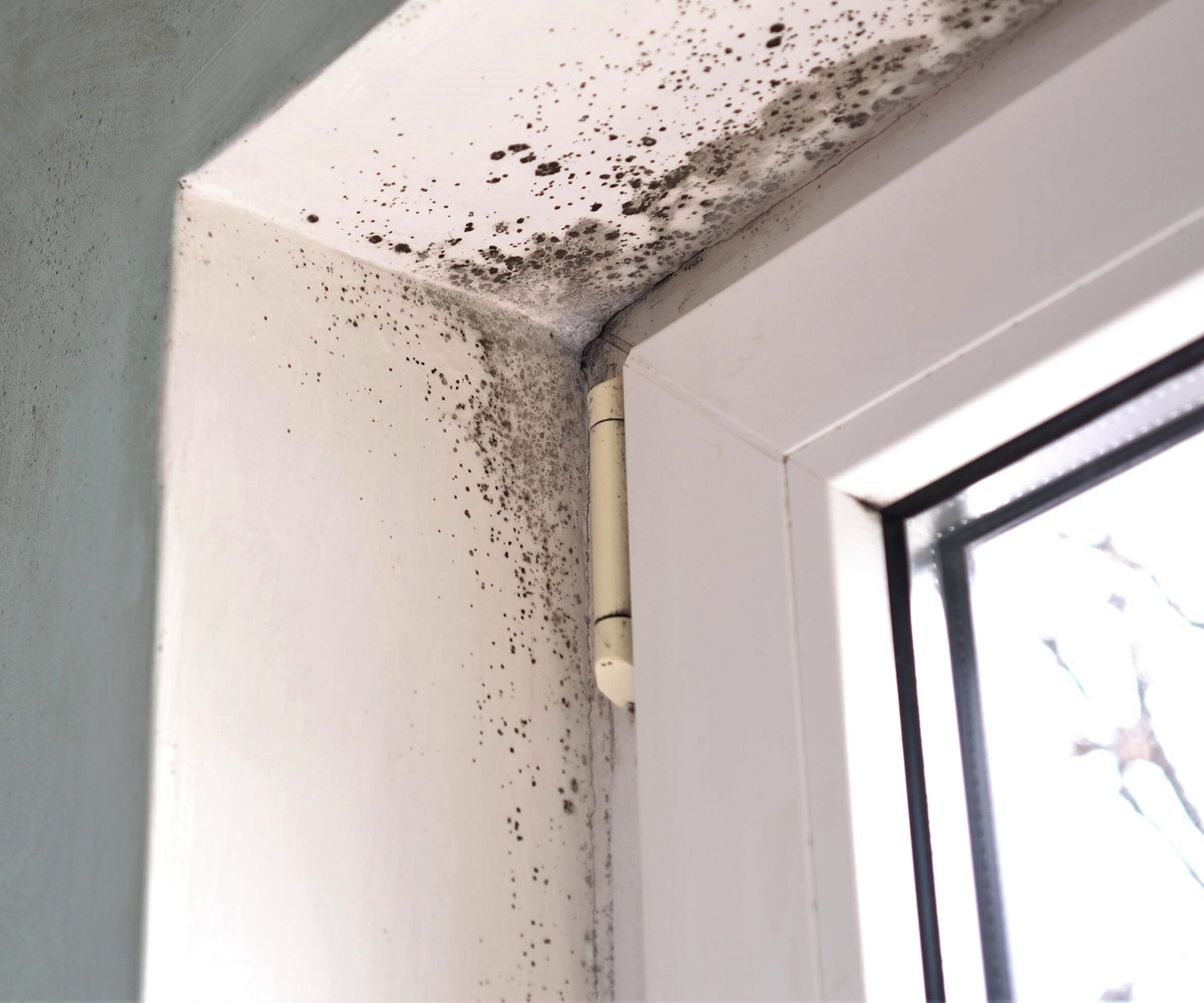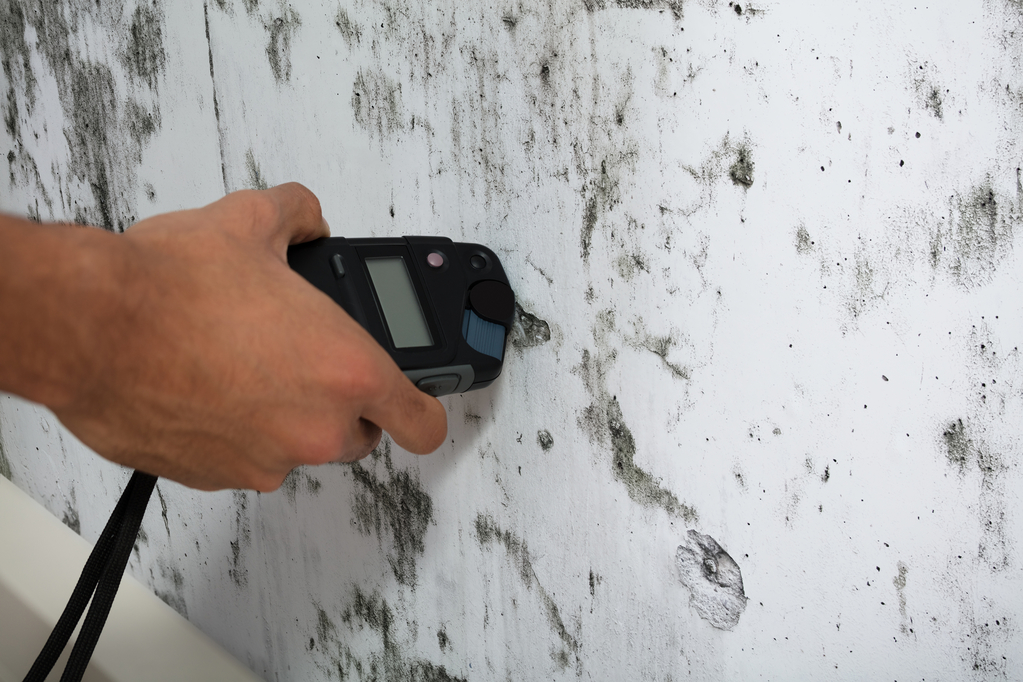Making Sure Post Remediation Verification Precision
Making Sure Post Remediation Verification Precision
Blog Article
Expert Tips for Article Mold And Mildew Remediation Success
In the world of mold and mildew remediation, efficiently getting rid of mold and mildew is just half the fight; real challenge lies in stopping its reappearance. Post-remediation efforts play a vital role in making sure a mold-free environment in the long-term. By adhering to professional pointers and best practices, people can guard their rooms versus mold and mildew rebirth and preserve a healthy interior setting. It remains in this stage of the remediation procedure that focus to information and proactive actions truly make a difference.
Screen Moisture Degrees Regularly
After completing mold removal procedures, maintaining optimal humidity degrees is essential to prevent mold and mildew re-growth and make certain a healthy interior environment. High humidity levels over 60% create a helpful environment for mold to flourish, making normal keeping an eye on an aggressive action to prevent any kind of future mold and mildew problems.
Utilizing hygrometers or moisture meters can aid in accurately determining moisture degrees in various locations of the property. These tools offer real-time data that enables removal specialists to make informed choices regarding air flow, dehumidification, and various other needed actions to maintain optimal humidity levels post-remediation. In addition, establishing a regular schedule for humidity checks, specifically in risky areas such as cellars, cooking areas, and restrooms, is an aggressive strategy to mold and mildew prevention. By consistently keeping an eye on moisture degrees, homeowner can effectively mitigate the danger of mold and mildew reoccurrence and keep a healthy indoor atmosphere post-remediation.
Conduct Thorough Inspections Post-Remediation
Following the conclusion of mold and mildew removal procedures, it is necessary to conduct extensive evaluations to validate the performance of the remediation process. These post-remediation assessments are critical in making certain that the mold concern has actually been effectively attended to and that there is no reoccurrence or continuing to be mold growth. Assessments need to be performed by certified experts that have know-how in determining mold and assessing indoor air high quality.
Throughout these assessments, different approaches such as visual evaluations, air sampling, and surface tasting may be utilized to thoroughly review the remediated areas. Aesthetic assessments include a thorough evaluation of the premises to examine for any kind of noticeable signs of mold and mildew development or water damage. Air sampling aids in establishing the airborne mold and mildew spore levels, while surface area tasting can discover mold bits on surfaces.
Implement Appropriate Ventilation Approaches
After ensuring the efficiency of the mold and mildew remediation procedure with comprehensive assessments, the next essential step is to concentrate on carrying out correct air flow techniques. Adequate air flow is necessary in protecting against mold reoccurrence by regulating moisture degrees and advertising air flow.
Appropriate air flow not only help in preventing mold growth however additionally contributes to the total health and wellness and comfort of residents. By making sure sufficient ventilation throughout the building, you can reduce the risk of mold regrowth and produce a much healthier living atmosphere. Routine upkeep of ventilation systems, including cleansing and filter substitutes, is crucial to maintaining reliable ventilation. Consulting with heating and cooling experts can provide further understandings into enhancing air flow techniques for your certain residential property requirements.

Usage Mold-Resistant Materials for Fixes
To improve the long-term efficiency of mold and mildew remediation efforts, integrating mold-resistant materials for repair work is essential in minimizing the risk of future mold development. Mold-resistant materials are designed to hold up against wetness and inhibit mold and mildew growth, making them a necessary see here now selection for locations susceptible to moisture and humidity. When repairing locations impacted by mold and mildew, utilizing materials such as mold-resistant drywall, mold-resistant paints, and mold-resistant caulking can aid stop mold and mildew reoccurrence.
Mold-resistant drywall is an outstanding choice to traditional drywall in locations like cellars and restrooms where dampness levels are higher. When revealed to damp problems, this type of drywall has an unique finishing that withstands mold and mildew growth even. In addition, using mold-resistant paints including antimicrobial representatives can even more hinder mold advancement on ceilings and walls.
In areas where dampness is common, such as restrooms and cooking areas, utilizing mold-resistant caulking around tubs, sinks, and windows can aid secure out water and prevent mold from taking hold in splits and gaps. By purchasing these mold-resistant products during fixings post-remediation, you can substantially minimize the likelihood of future mold and mildew issues and keep a much healthier interior environment.
Maintain Cleanliness and Address Water Issues
After mold removal, it is important to keep a clean setting to prevent the regrowth of mold and mildew. Leaks, water breach, or high humidity levels can create the perfect breeding ground for mold, so it is important to fix any type of water-related problems instantly.
To preserve sanitation, take into consideration utilizing HEPA filters in vacuum cleaners and air cleansers to catch mold and mildew spores and stop their circulation in the air. Ensuring proper air flow in areas susceptible to moisture accumulation, such as washrooms and cooking areas, can aid keep humidity degrees in check. By remaining watchful about tidiness and dealing with water concerns quickly, you can effectively avoid mold and mildew reinfestation and maintain a you can try these out healthy interior environment.
Final Thought

In the world of mold remediation, efficiently eradicating mold is only half the fight; the real challenge lies in stopping its reappearance. After finishing mold browse around these guys remediation procedures, preserving ideal humidity levels is critical to prevent mold re-growth and guarantee a healthy indoor atmosphere. High moisture degrees over 60% develop a helpful setting for mold and mildew to thrive, making regular keeping track of a positive action to prevent any future mold problems.
To improve the lasting performance of mold and mildew remediation efforts, including mold-resistant materials for repair services is critical in reducing the threat of future mold development. After mold and mildew remediation, it is essential to preserve a tidy setting to prevent the regrowth of mold and mildew.
Report this page